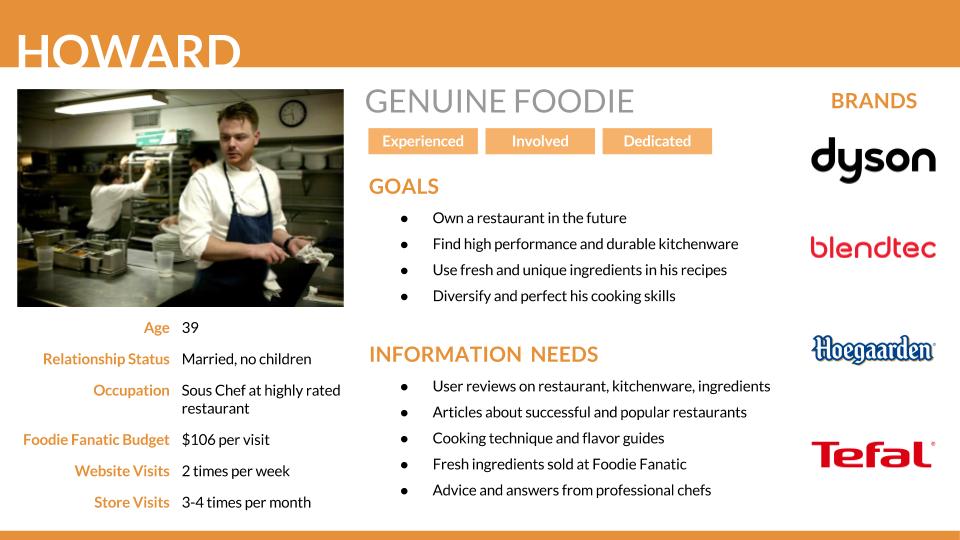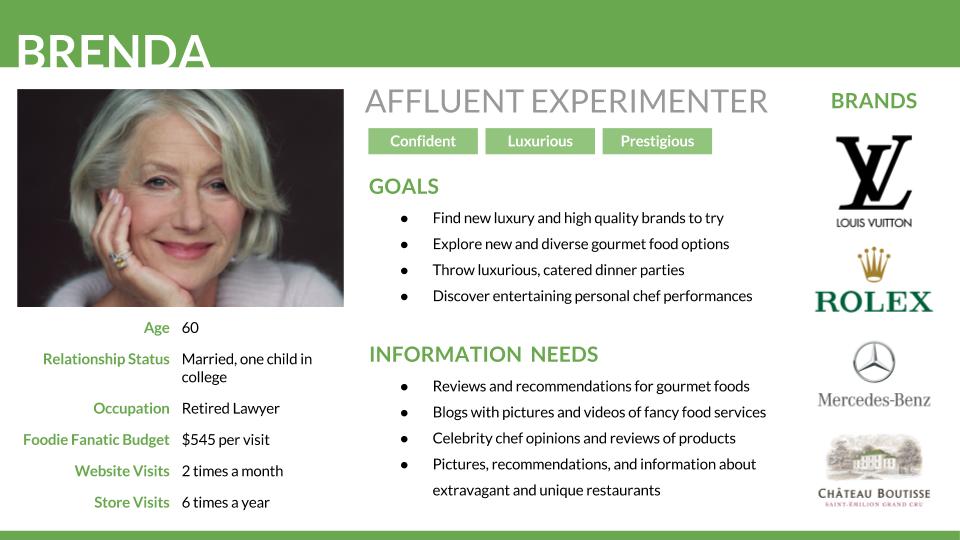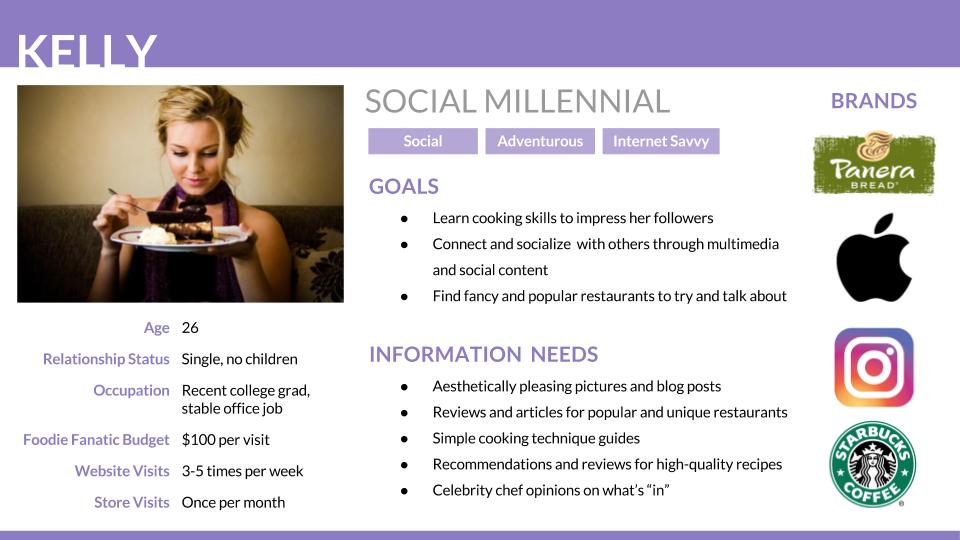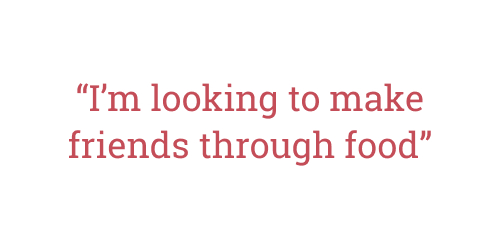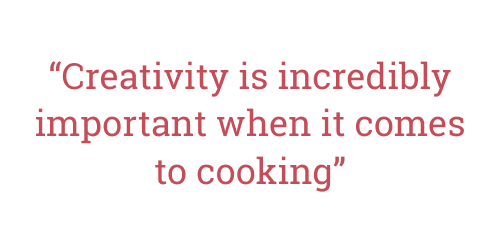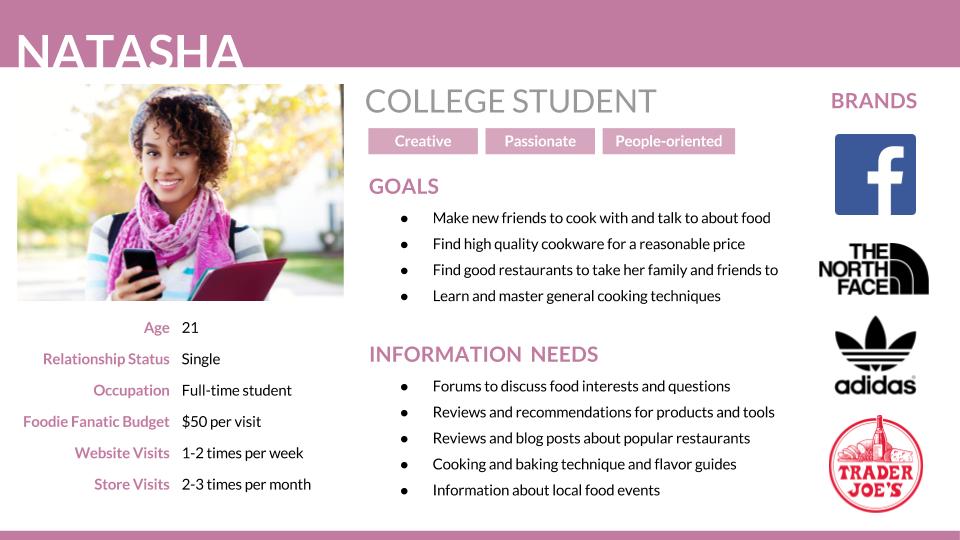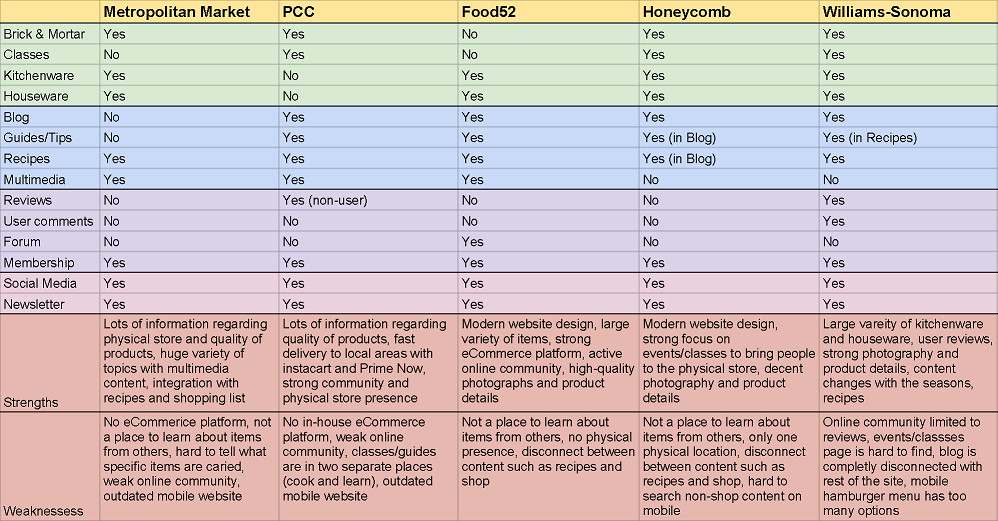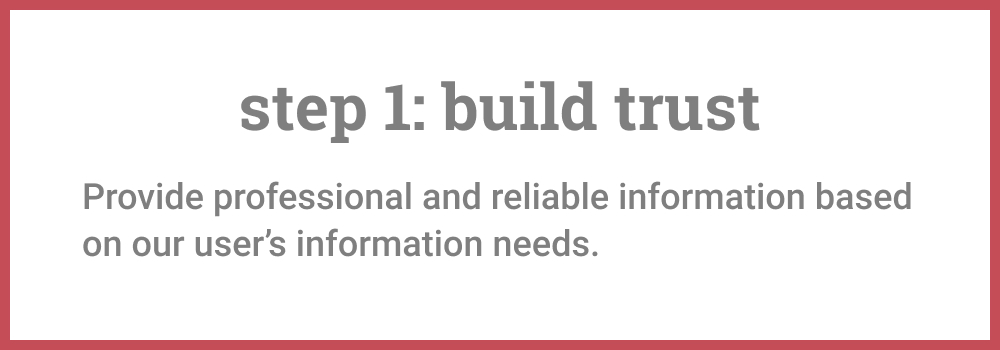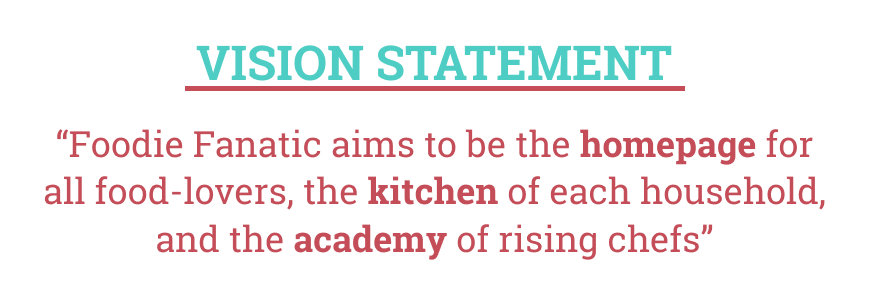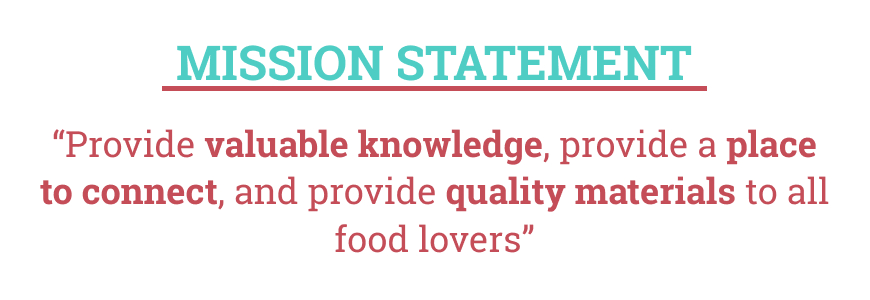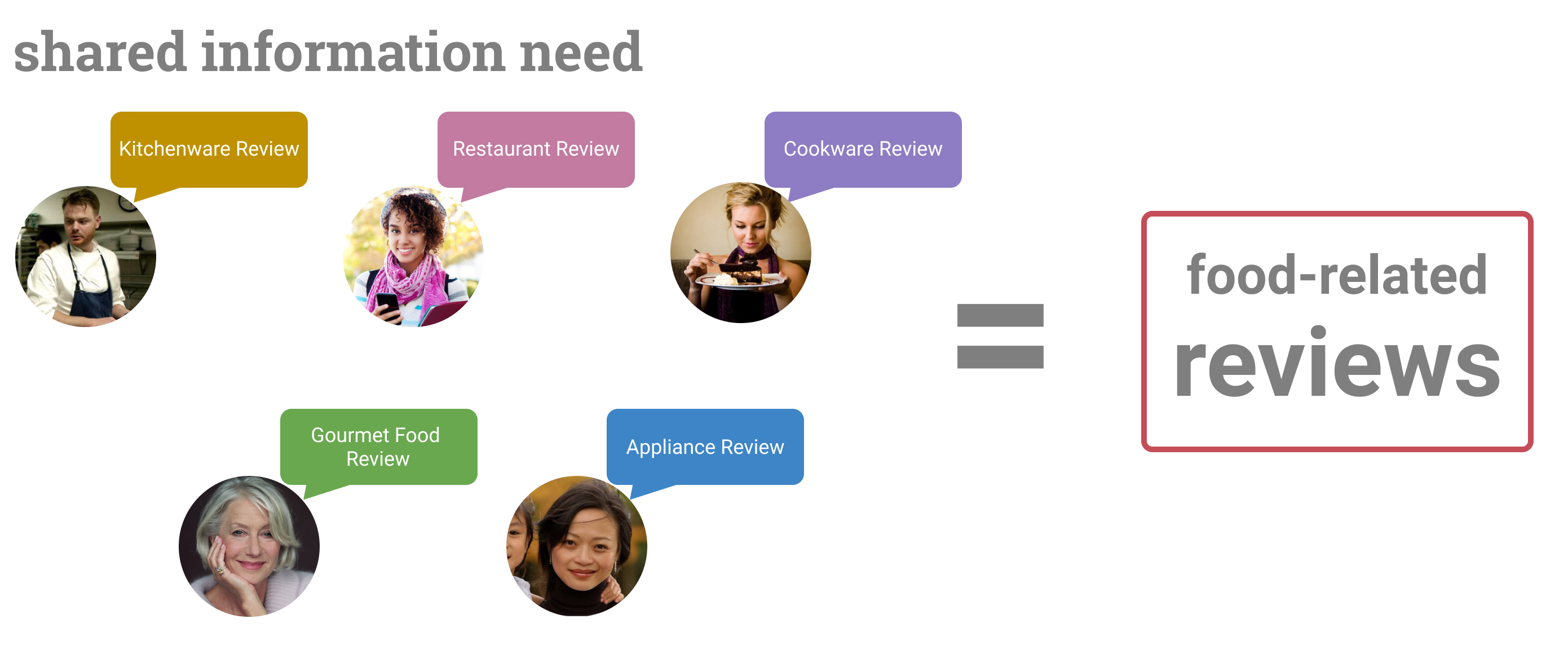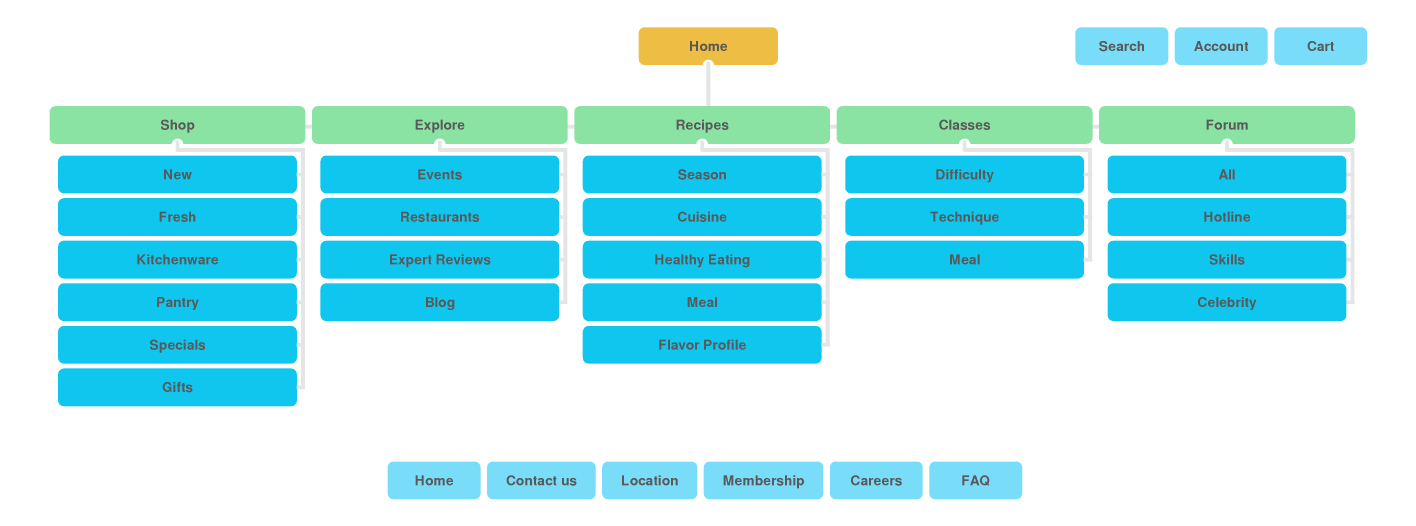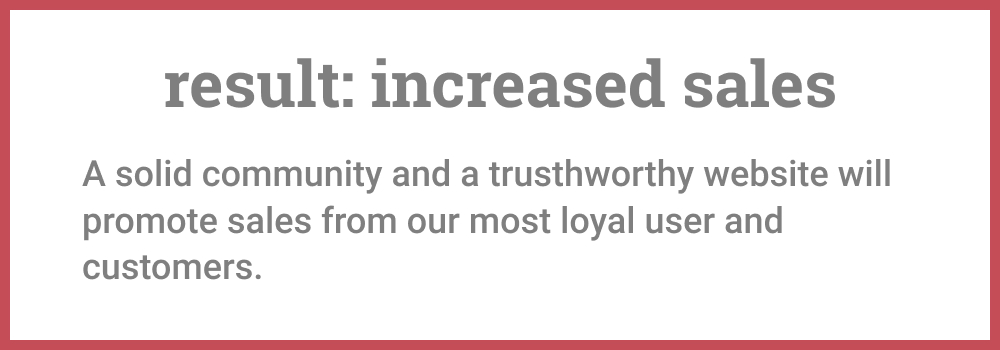Cultivating A Foodie Website
Foodie Fanatic, a fabricated company, is a specialty cooking and baking store hoping to provide a strong digital and physical store presence across the nation. While customers are generally excited about all of their content, they are having a hard time finding it on the website.
My group was tasked with developing an information architecture proposal for the next Foodie Fanatic website.
